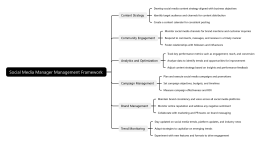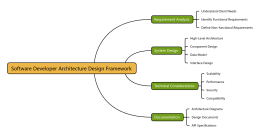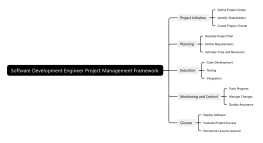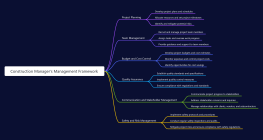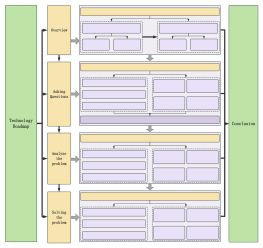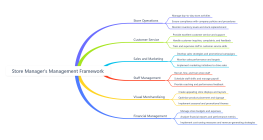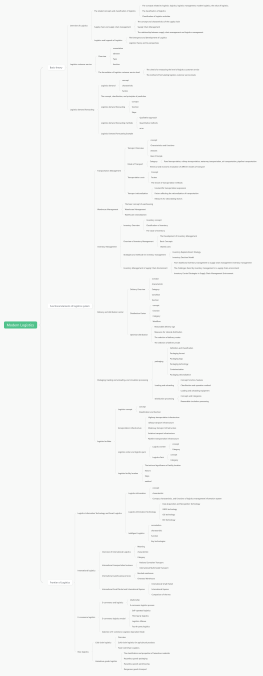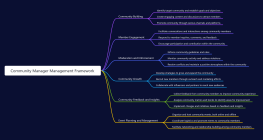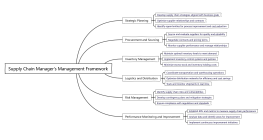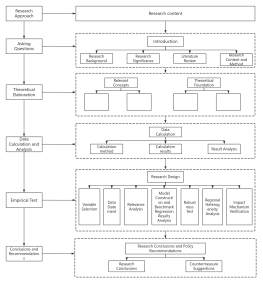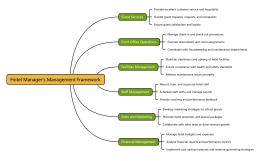Logistics Manager,s Management Framework
2024-07-30 08:10:46 202 0 Report 0
0
Login to view full content
This comprehensive framework for logistics managers delves into the critical aspects of supply chain management, emphasizing the coordination of inbound and outbound logistics, inventory optimization, and timely delivery of goods. It covers transportation management by detailing the arrangement and scheduling of goods, carrier selection, contract negotiation, and shipment tracking. Inventory control is addressed through the implementation of management systems, regular audits, and strategies to minimize stockouts and excess inventory. The framework also highlights the importance of team leadership, focusing on recruiting, training, and supervising staff, setting performance goals, and fostering collaboration. Additionally, it underscores the integration of technology, advocating for the use of logistics software, exploring automation, and staying updated on industry trends. Risk management is a key component, involving the identification of potential risks, compliance with safety standards, and effective response to disruptions. This structured approach ensures a streamlined, efficient, and resilient logistics operation.
Other creations by the author
Outline/Content
Supply Chain Management
Coordinate inbound and outbound logistics operations
Optimize inventory levels and warehouse utilization
Ensure timely delivery of goods to customers
Transportation Management
Arrange and schedule transportation of goods
Select carriers and negotiate contracts
Track shipments and monitor delivery performance
Inventory Control
Implement inventory management systems and procedures
Conduct regular audits and cycle counts
Minimize stockouts and excess inventory
Team Leadership
Recruit, train, and supervise logistics staff
Set performance goals and provide feedback
Promote teamwork and collaboration
Technology Integration
Utilize logistics software and systems for planning and tracking
Explore automation and optimization opportunities
Stay updated on industry trends and best practices
Risk Management
Identify potential risks and develop mitigation strategies
Maintain compliance with safety and regulatory standards
Respond effectively to disruptions and emergencies
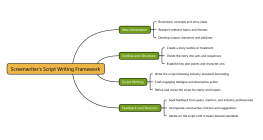
Collect
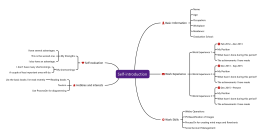
Collect
0 Comments
Next page
Recommended for you
More

